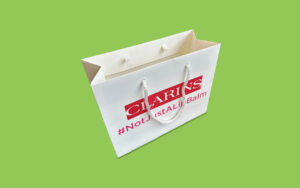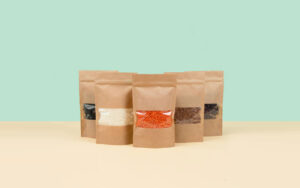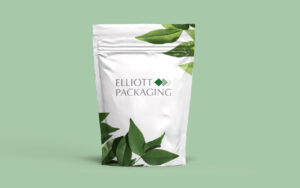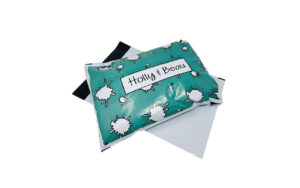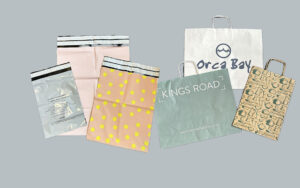Stand-up pouches (SUPs) are currently one of the fastest growing types of packaging with global demand now past over 100 billion units in 2022.
The favourable development of the total supply chain cost of stand-up pouches and their stronger proposition to promote sustainability compared with rigid packaging alternatives will continue to be the key drivers of demand. Despite the initial high capital investment in stand-up pouch filling lines, the overall savings on packaging costs in tandem with stand-up pouches’ good environmental profile will continue to keep brand owners interested.
The growth of speciality pouch contract packers has also contributed to driving down costs and expanding interest in SUPs. Wet pet food in stand-up pouches is long-established and still the largest segment particularly in developed markets driven by the substitution of cans. The market penetration of beverages has been facilitated by the global market success of Capri Sun, the leading juice drinks brand in stand-up pouches, produced under licence by different bottlers across the world and with a continuously expanding production footprint.
Currently the fastest growth can be seen in the high-performance food category, particularly ready-to-eat baby food and fruit compotes driven by glass jar replacement and growing consumer demand for light weight, safe and convenient packaging for on-the-go consumption. Other segments such as liquid yoghurts are still niche but enjoying double digit growth benefiting from new large scale investments by leading global brand owners.
Forecasts suggest that demand for SUPs will reach 120 billion units by 2023. There are still technology gaps to meet complex customer demands particularly in high-performance applications to balance costs and technical requirements which will provide opportunities for innovative and well organised companies.
Stand-up pouches are also known as doypacks, they are able to stand erect on its bottom for display and storage. Early work on stand-up pouches was conducted in France by Leon and Louis Doyan. Louis Doyen was president of Thimonnier Company which trademarked the name “Doypack”. Development of materials, design options, and equipment increased in the 1980s and 1990s. It is currently a very widely used package form. The flexible pouches are usually constructed of multi-layer materials: various plastic films, paper, foil, etc. Pouches are often printed with high-impact graphics or sometimes attached labels. The materials must have specialized heat-seal properties to allow conversion into pouches.
The most common pouch has bottom gussets to form a “W” which opens to allow a flat bottom. Side gussets are also sometimes used. Several design options are available. Inclusion of pour spouts and reclosable zip strips are common.
The packaging machinery involved typically forms the pouch from pre-printed roll stock. The preformed pouches are shipped to a packager where they are filled and the top is sealed. The alternative is an integral form-fill-seal machine, whether vertical or horizontal. The equipment forms the pouches, fills the pouches in-line, and seals them. With foods, drinks, or medical products, special sanitizing and wash-down requirements are critical. The resulting equipment is sometimes complex and expensive. Companies who do not have the volume to fill a machine to its capacity often use contract packagers.
Get in touch if you would like to find out more and speak to the team.

